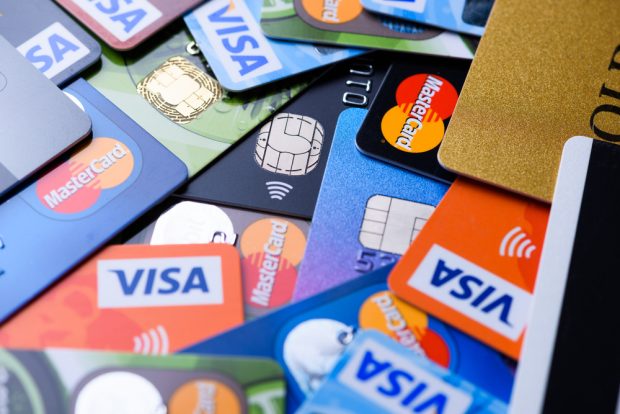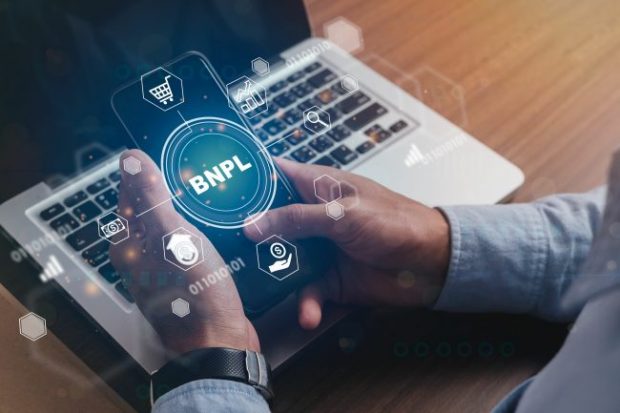
Visa reported a 70% decline in counterfeit card fraud for chip-enabled merchants, and 96% of Visa payments made use chip-enabled cards according to a report from the U.S. Payments Forum.
The Princeton Junction, N.J., based Forum in its spring 2018 market snapshot, provided updates on the status of the U.S. EMV chip migration and contactless payments, through a member survey, and recently-released resources for the payments industry.
The Forum snapshot reported 59% of U.S. point-of-sale locations accept chip cards, a 578% growth since the October 2015 liability shift; and according to the ATM Industry Association, 91% of U.S. ATMs are now EMV-capable and 86% of ATMs accept chip-on-chip transactions. This represents a significant improvement for ATMs from an estimated 19% at the beginning of 2016 and 58% at the beginning of 2017.
The report also noted as in-store and ATM chip enablement continue a positive trend, the industry is focusing on streamlining existing implementations to improve the customer experience and overall efficiency. Another focus is on the future of the chip migration for industry segments with special considerations, like pay-at-the-window and pay-at-the-pump.
At the Secure Technology Alliance Payments Summit and U.S. Payments Forum All-Member Meeting joint event, a panel of retailers discussed these considerations. Speakers highlighted EMV acceptance issues for drive-thru merchants, and inclement weather, heavy-traffic seasons and a limited number of certified technicians as some of the unique challenges for implementing chip technology at the fuel pump.
The trajectory of the U.S. rollout of contact EMV chip technology has set the stage for a possible next step: contactless EMV payments, including cards and mobile devices.
According to data available from Mastercard, the foundation for contactless payments is already in place. As of the fourth quarter of 2017, almost 800,000 unique merchant locations are contactless-enabled, and there has been an 80% growth in contactless transactions year-over-year. But the Forum admitted there is work to do to make the infrastructure ubiquitous across the U.S.
“Contactless payments have been a key discussion point for the U.S. Payments Forum, from whom the technology benefits and why implement contactless to when we'll get there and how,” Randy Vanderhoof, director of the U.S. Payments Forum said. “One of the biggest conversations we're having now is the need for cross-industry participation to provide education and implementation guidance for issuance and acceptance – all things the Forum has provided for the migration to EMV chip.”
Through a survey of its members, the U.S. Payments Forum identified several topics as top-of-mind for the payments industry, and plans to explore the need for education and guidance in these areas:
- Fraud topics. Members identified card-not-present, card-present, person-to-person and faster payments fraud topics as the top areas to explore in 2018.
- Payment technology innovations. Contactless, mobile browser and in-app payments were the technology innovations of greatest interest across all stakeholder members. Other topics included IoT payments, biometrics and 3DS, which utilizes a special security code.
The U.S. Payments Forum also has several projects in process that emphasize the Forum's route and focus on new and emerging payment technologies, including an educational website to provide targeted education on contactless payments for issuers, retailers and restaurant staff and customers; guidelines for accepting contactless transactions at the ATM; a white paper to educate stakeholders on signature requirements in the U.S., including how they're used, recent changes in requirements and implications of chargebacks and fallback; a transit payments 101 webinar to provide a high-level overview and implementation guidance for transit requirements surrounding open payments; transit contactless open payments use cases on aggregated fares and mobile devices with pay-as-you-go fares to add to the technical framework solution being discussed; a white paper on EMV fleet card processing requirements; and multiple projects relating to card-not-present fraud, including a white paper detailing the true cost of fraud and a paper on fraud prevention pathways.
© 2025 ALM Global, LLC, All Rights Reserved. Request academic re-use from www.copyright.com. All other uses, submit a request to [email protected]. For more information visit Asset & Logo Licensing.








